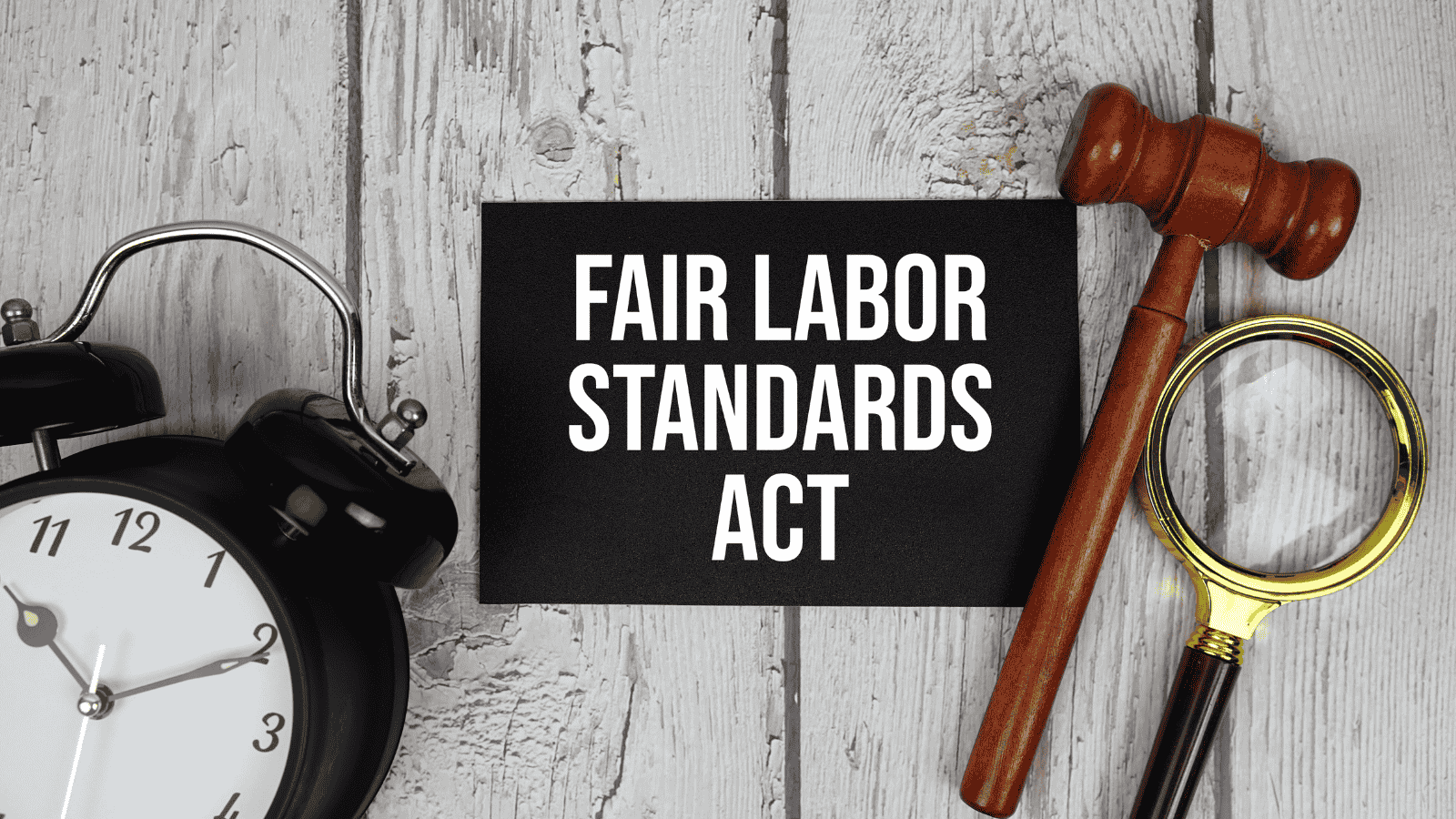Deciphering Final Rule Salary Threshold Requirements: Complete Guide
The Department of Labor has published its Final Rule updating the salary threshold requirements for its Executive, Administrative and...
Discover our wide range of courses designed to help you maintain compliance with Prevailing Wage and other labor laws
Join our upcoming events to ensure seamless compliance with Prevailing Wage and other essential labor laws
Discover how our services can assist you and your company in staying compliant with Prevailing Wage.
Explore the resources we offer, providing quick guidance on a wide range of topics
5 min read
Aaron Ramos : November 18, 2024 7:23 PM

On November 15, 2024, the U.S. District Court for the Eastern District of Texas issued a significant ruling that vacated the U.S. Department of Labor’s (DOL) 2024 rule aimed at increasing the salary threshold for white-collar overtime exemptions under the Fair Labor Standards Act (FLSA). This decision halts changes that would have redefined overtime eligibility for millions of employees across the United States.
The court determined that the DOL exceeded its statutory authority, particularly by prioritizing salary levels over the duties-based test central to the FLSA exemptions. Employers now find themselves navigating a complex landscape as they reevaluate their compliance strategies, financial planning, and operational adjustments.
The U.S. District Court for the Eastern District of Texas ruled against the DOL’s 2024 rule, which proposed significant changes to the salary level for determining exemption from overtime pay under the FLSA. Specifically, the 2024 rule included:
The two-stage increase and automatic adjustment mechanism represented a dramatic shift in how the FLSA’s white-collar exemptions would be applied. While the initial salary threshold increase took effect in July 2024, the ruling invalidated the entire rule.
The court found two primary issues:
As a result, the court vacated the 2024 rule entirely, halting the January 2025 increase and invalidating the salary threshold increase that went into effect in July 2024.
For more details on the ruling, read the Bloomberg Law article here.
The FLSA, enacted in 1938, established minimum wage and overtime requirements for most employees in the United States. However, Congress carved out exemptions for certain categories of employees classified as Executive, Administrative, and Professional (EAP). These roles, often referred to as “white-collar exemptions,” rely on a combination of three factors:
The salary test has historically served as a secondary screening tool, intended to exclude “obviously nonexempt” employees without displacing the duties test. However, disputes over how high to set this threshold—and how it impacts exemption determinations—have persisted for decades.
Historical Context
The 2024 Rule
The DOL’s 2024 rule built upon the structure of the 2016 rule, proposing increases to the salary threshold and reinstating automatic updates. The DOL argued that these changes were necessary to ensure the exemption’s relevance in a modern labor market. However, opponents contended that the new thresholds effectively made salary the primary determinant of exemption status, overshadowing the duties test.
The Lawsuit
A coalition of employers, business organizations, and the state of Texas challenged the 2024 rule, arguing that:
The court’s ruling ultimately sided with the plaintiffs, invalidating the 2024 rule and emphasizing the importance of maintaining a balance between salary and duties in exemption determinations.
Read the full court decision here.
The court’s decision has wide-ranging implications for federal contractors and their employees. Below are key points employers should understand and address as they adjust to the ruling.
For Federal Contractors
The court's ruling has profound legal and administrative implications. It underscores the limits of the DOL’s regulatory authority, highlighting the need for a balance between salary thresholds and the duties test central to the FLSA. Additionally, the rejection of automatic updates emphasizes the importance of public input and regulatory oversight in future rulemaking.
Looking ahead, the DOL may attempt to revise its rule to address the court’s concerns. This could include more modest salary increases and the removal of automatic updates. Employers should also monitor state labor laws, as many states continue to set higher salary thresholds and stricter exemption standards than the federal level. As the situation evolves, further lawsuits may arise, further shaping the fallout from this decision.
Employers must remain proactive to ensure ongoing compliance with both federal and state labor laws, minimizing disruptions in their operations.
Onsi Group specializes in helping federal contractors navigate the complexities of regulatory changes with customized compliance solutions. Our team provides expert guidance to ensure you stay informed about evolving federal and state labor laws, helping you understand how these changes impact your operations.
In addition to offering ongoing regulatory support, we host in-depth compliance training sessions designed to equip you with the latest updates and practical strategies for maintaining compliance. With our expertise, you can confidently navigate the shifting regulatory landscape and maintain compliance across all levels of your organization.
Need additional guidance? Contact us today to learn how we can help your organization navigate these changes and achieve compliance excellence.
Author: Aaron Ramos, Labor Compliance Officer
Co-author: Angela Hendrix, President and Founder of Onsi Group

The Department of Labor has published its Final Rule updating the salary threshold requirements for its Executive, Administrative and...

It’s likely you aren’t super familiar with the process of calculating fringe benefits for prevailing wage projects. Understanding how to calculate...

On July 16, 2024, the U.S. Department of Labor’s Wage and Hour Division circulated an All-Agency Memorandum (AAM) announcing the new Health and...